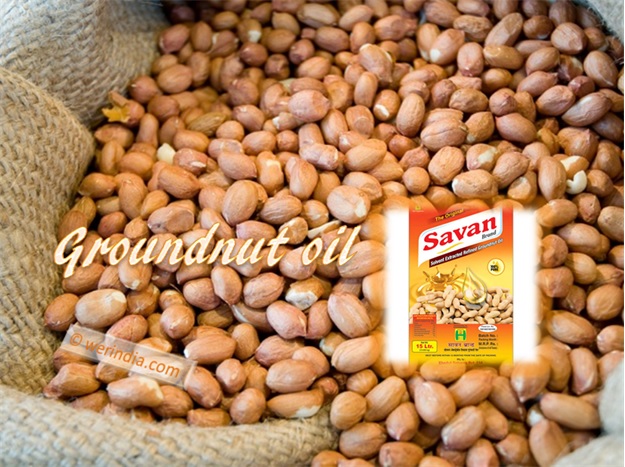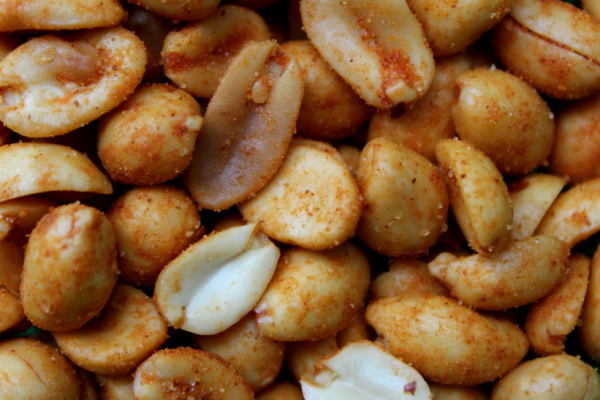Our organs are strongly affected by our emotions. Did you know about this? If not, understanding how our emotional thinking affects our various body part is worth. For example if a person is constantly under abuse and stress it will affect their liver and leads to diabetes!. As the stress level increases it has negative affect on the organs and the function of organs will get distracted even at molecular level and leads to various conditions. If we are happy then, we feel relaxed and our stress hormones comes down affecting our body parts positively. Modern medicine takes a very mechanical and materialistic view of the body parts. Traditional medicines like Greek medicine and Ayurveda, focuses on the emotional influence on the organs during several conditions that one might have.
Negative emotional symptoms & health of organs
Any prolonged negative mental state will inevitably weaken your body.
- Crying
- Overwhelming sense of tension or pressure
- Trouble relaxing
- Nervousness
- Quick temper
- Depression
- Poor concentration
- Trouble remembering things
- Loss of sense of humor
- Indecisiveness
Heart: Is a principal organ of the body and is very sensitive to emotions. Love and uplifting talks helps the heart to function better. Whereas if there is remorse, guilt, timidity and cowardice – these emotions sends wrong signal to heart and heart function will be affected negatively. Blood pressure build up is one common condition that happens when the heart is not happy.
Lungs: Lungs are sensitive and vulnerable to same emotions as of heart. Anxiety and sorrow both damage the lungs. Respiratory problems like dyspnea and asthma can develop in people who have problem with breathing room. When we are happy the chest will expand and allows lungs to expand. The feeling of dignity and pride helps lungs to puffs up.
Throat: Throat is a part of digestive tract. Sadness, grief , sorrow and crying causes a lump in the throat. When the liver gets hurt because of tension and anxieties – the whole digestive tract including throat gets affected. It can cause pain and boils in the throat.
Liver: Anger, irritability, resentment, frustration, jealousy and envy characters has negative affect on liver. Anger and irritability can move up toward head from the liver causing migraines, headaches and muscular pain and tension in the neck and shoulder. Too much stress results in malfunctioning of liver and it gives a feeling of stuffy and congestion under the chest.
Stomach: Stress and tension, negative thinking leads to heartburn, abdominal cramps, or loose stools —It is all related to stress. We all have tendency to hold the anger and resentment in our gut. With this As per Ayurveda the Chakra in stomach governs the energy flow and it distributes throughout our body. Anger, rage, hat and frustration stored in the gut leads to ulcers, belly fat accumulation, ulcers and othe condition. It is important to eat with happiness and while we relaxed. The focus should be on food and its benefits. Pensiveness is an emotion of excessive thinking and melancholy. It can also constrict the digestive system and affect the stomach with gas, distension and bloating.
Intestines and Bowels: Any negative emotions causes obstructions in the function of intestine and bowels. Constipation, bloating are two symptoms commonly happens when these organs are experiencing disturbance. An emotions such as fear, anxiety, anger, stress and emotional tension, all of which can cause gastrointestinal disturbances, such as constipation, diarrhea, and irritable bowel syndrome.
Colon: The colon is very vulnerable to aggravations and excesses of the chronic or deeply held worry, anxiety and nervous or emotional stress and tension. It generally results in disorders like constipation, irritable bowel syndrome, or spastic colon, but if the aggravation is severe, even colitis and more serious degenerative diseases may result.
Kidneys: Fright, fear and shock are most injurious to the kidneys. Fear causes pain and disease in the kidneys, adrenals, and lower back and creates favorable conditions for urinary tract disorders and incontinence. The energetic flow of these emotions is downwards, as they take away the foundation of security and self-assurance that we have. When beset with extreme fear or fright, many lose control of their kidneys and bladder, and urinate spontaneously. Fright affects the heart in the short run and when it becomes chronic can affect the kidneys.
Skin: “All parts of the body react to our emotions, but the skin is the one suit we never take off. Because it’s the border between the inside and the outside, it’s full of all the intrigue and byplay that accompanies being on the border,” says Ted A. Grossbart, PhD, a psychologist. Conditions like eczema, psoriasis, hives, warts herpes, itching etc.., in particular are exquisitely sensitive to increases in stress and tension.
Reproductive organs: In both male and females emotions will lead to under performance of reproductive organs. In both, reproductive organs can also be affected by fears and anxiety. In men, feelings of inadequacy and “performance anxiety” can affect the reproductive organs. Optimal health of female reproductive organs can often depend on whether or not women feel loved by, and how much close they are to their partners or spouse. Lack of trust and emotional trauma can lead to infertility in both male and females.
The positive emotions promotes the health of the various organs:
- Sinuses — wisdom and proper use of power
- Teeth — courage and determination
- Tonsils — realistic assessment of life issues
- Thyroid — harmonious drive
- Heart — love of mankind
- Lungs — sense of freedom
- Breast — motherly love
- Liver — harmonious mood
- Gallbladder/bile ducts — optimism
- Stomach/duodenum — elated moods
- Kidneys — vitality
- Spleen — power to resist negative influences
- Pancreas — self-love
- Small and large intestine — perseverance
- Appendix — self-knowledge
- Ovaries/testicles — creativity
- Prostate/uterus — ability to give yourself to your sexual partner
- Bladder — self-confidence
Happiness comes when you are grateful for what you have.
It is important to learn how to relax and how to overcome the stress for better health. If any of the organs are not performing well or if we develop conditions described above cross check yourself and see how to improve your emotions. Thinking positive and trying to be happy is one way. Learn to meditate and balance mind and body. This will help organs to function better. Honor your body and honor your mind.
Sources:
- http://www.livestrong.com/
- http://www.greekmedicine.net/
- http://www.shen-nong.com/eng
- http://www.agapetherapeutic.com/
- Image credit: <a href=’https://www.freepik.com/free-photos-vectors/background’>Background photo created by freepik – www.freepik.com</a>









